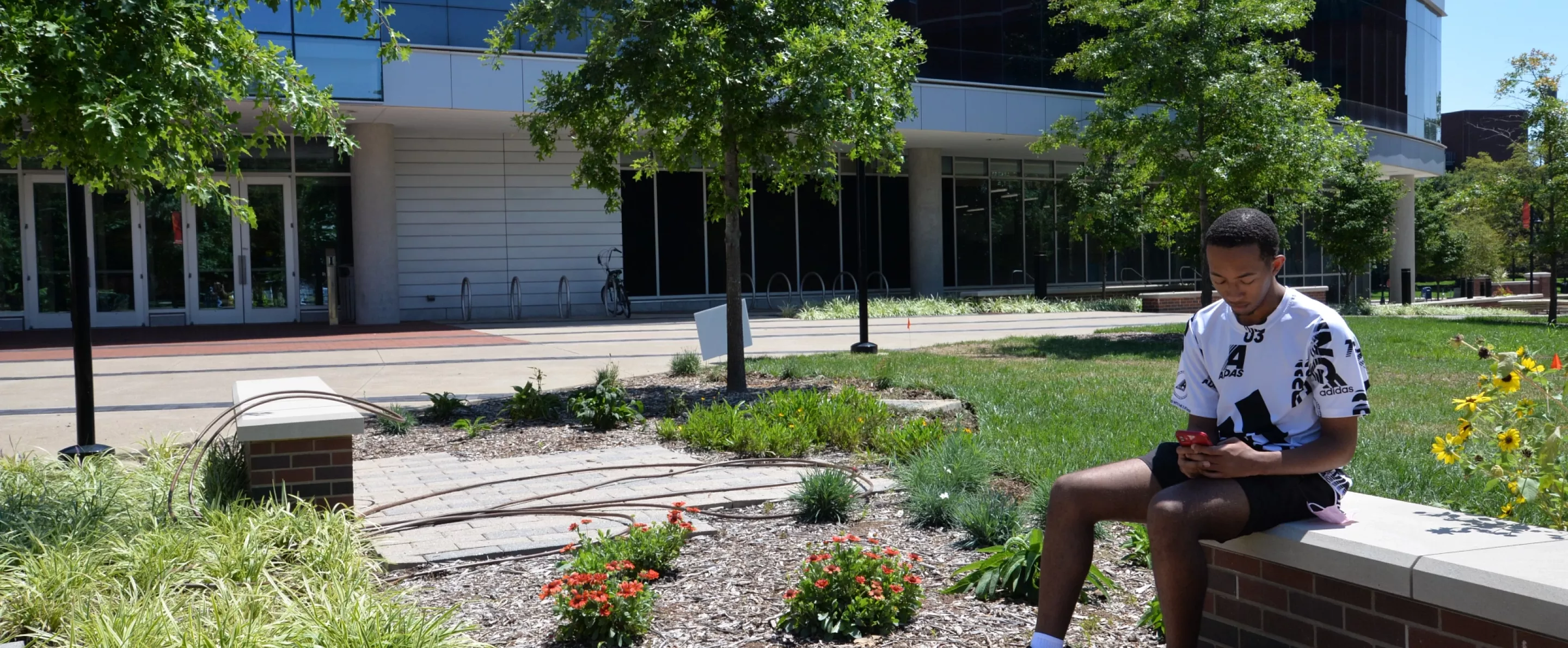Sidebar
Wireless Options
Our University of Louisville wireless network provides four different connections on all campuses with 802.11n dual band 2.4/5GHz Wi-Fi. We recommend using our ITS onboarding tool to assist with set-up of your devices for the best connectivity and with extended certified access. The four types of wireless access are described below. The best choice depends on your needs and UofL sign-in options.
eduroam
eduroam is the preferred UofL wireless network for students, faculty and staff based on the most secure encryption and authentication standards available. Our eduroam wireless service provides secure access for users on campus from other participating institutions that also utilize eduroam. Logging in to verify your UofL credentials to initially set up the service is required. Use our ITS onboarding tool to begin. See details for more information on this wireless network and extending your account for wireless access at other participating universities and institutions. A configuration guide for specific devices is also available for assistance.
Get Online With eduroam:
Use our ITS onboarding tool to begin. See details for more information on this wireless network.
ULsecure
Another UofL secure wireless network for students, faculty and staff, ULsecure encrypts data in order to prevent intrusions and interception of traffic. This Wi-Fi connection also requires a valid UofL userID and password. A configuration guide for specific devices is also available for assistance.
ULsponsor
For frequent or short-term guests to UofL, we offer the ULsponsor wireless network. Sponsorship by a UofL faculty or administrative staff is required for this type of Wi-Fi account. More information about setting up and managing sponsored guest accounts in the ULsponsor portal is available in our knowledge base.
Get Online with ULsponsor
To access ULsponsor guest service:
Select the SSID ULsponsor from your device's list of available wireless networks. Open a browser and load any URL to display a UofL guest log-in page. If your homepage is set to a secure web page (https), this network will be unable to redirect your browser to our log-in page. Log in with your sponsored guest userlD and password. After you log in, you can use this network as you would at any open access Wi-Fi.
For more information on the ULsponsor service or setting up your specific device, details are in our knowledge base.
ULvisitor
ULvisitor allows for open, short-term use. With no sign-in required, this connection is primarily for UofL's visitors and guests who need wireless access. Wi-Fi sessions on ULvisitor are limited to 6 hours on HTTP and HTTPS sites and automatically log out after 30 minutes of inactivity.
Get Online with ULvisitor
To access the ULvisitor network on campus:
Select the SSID ULvisitorfrom your device's list of available wireless networks. Open a browser and load any URL; you will be redirected to an access page (on some mobile devices, the access page should open automatically). If your homepage is set to a secure web page (https), this network will be unable to redirect your browser to our log-in page.
Click "accept" to acknowledge the Terms of Use. Your browser will be sent to a confirmation page and from this page, your access should be available.
For more information on the ULvisitor service or setting up your specific device, see our knowledge base.
FAQs
Of course! You can contact the ITS Help Desk online or call us at 502-852-7997.
To sponsor a guest, visit the ULsponsor Portal using VPN or on-campus access to create an ID-sponsored guest account. Enter your UofL userID and password to begin the process. After you sign in, you will be directed to a page where you create and manage accounts. The system will auto-generate a user name and password after you have entered and submitted the appropriate information. For more information see our portal guide.
E911 Disclaimer: During an emergency, wireless VoIP technology may not provide the most timely or accurate location data if used for a 911 emergency call. Calls may be misdirected to the wrong emergency response center or there may be errors in determining the caller's location. Always use a wired handset for 911 calls when possible.

